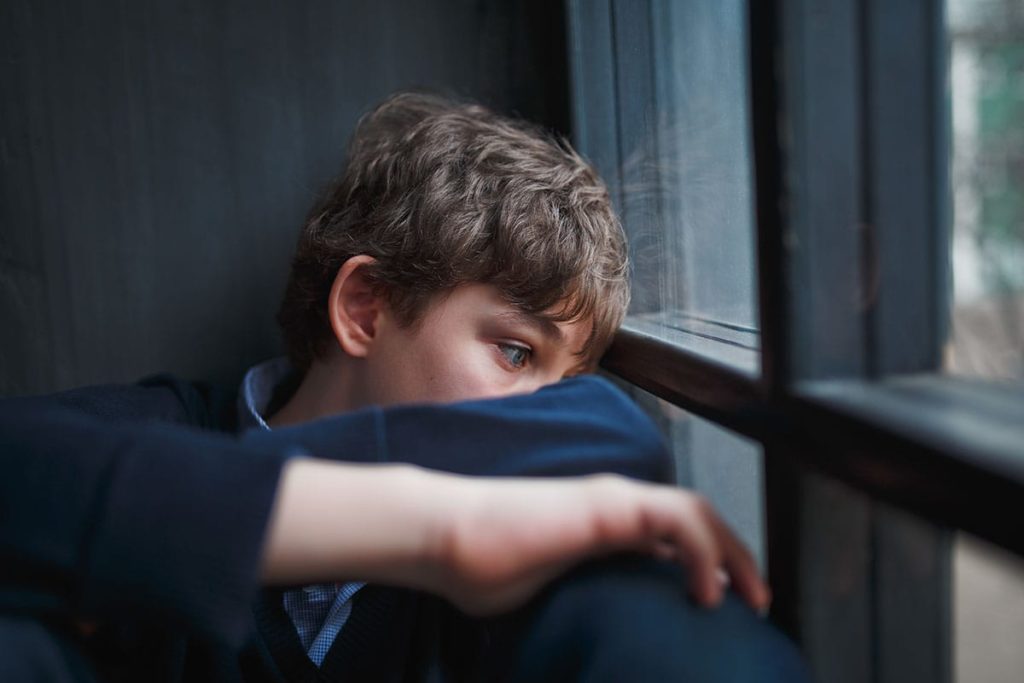Seasonal depression, also called seasonal affective disorder or SAD, is a type of depression resulting from seasonal changes. It most often affects people in the winter when there are fewer hours of sunlight each day. However, some people may experience seasonal depression in the warmer months instead, although it is less common. While SAD is not considered a serious condition on its own, it can lead to other more serious forms of depression if not treated properly. Teens are particularly vulnerable to this condition due to hormonal changes and incomplete brain development.
It can be easy to assume that your child has a case of the winter blues. But it is best to get a proper diagnosis so your teen does not have to suffer each winter. Imagine Seattle offers cognitive-behavioral therapy (CBT) for teens to help them manage seasonal depression symptoms to get through the colder, darker months with greater ease. Call us at 888.346.0473 to learn more about our depression treatment program for young people.
Does Your Teen Have Seasonal Depression Symptoms?
Seasonal depression can make specific times of the year more difficult for your child. Recognizing when your teen is exhibiting symptoms of seasonal affective disorder can let you know when they might need help from a therapist. Some seasonal depression symptoms you may notice:
- Your teen seems to be in a funk, but it feels like more than just the doldrums.
- Your child has been struggling with sadness and hopelessness for over two weeks.
- Your teen has had low energy levels or sleeps much more than usual.
- Your child has shown a change in eating habits, such as loss of appetite or eating much more than they normally do.
- Your teen seems to have little motivation and does not participate in activities they usually enjoy.
If you are worried about SAD affecting your child, you can talk to your family doctor about treatment options. Treatment for seasonal depression often includes therapy, antidepressants, lifestyle changes, or a combination of the three.
Why Does Seasonal Depression Happen?
Seasonal depression is named as such because it occurs during a certain time of year. SAD most often occurs from late fall through early spring since this is the time of year associated with shorter days and less sunlight. The exact cause of seasonal depression is unknown. However, researchers believe it may develop because less exposure to natural light can wreak havoc on our circadian rhythm and hormones.
Lower Levels of Melatonin
Melatonin is a hormone responsible for a balanced mood and healthy sleep patterns. Daily exposure to natural light, particularly early in the day, helps stimulate your natural melatonin production. During the darker days of winter, the lack of sunlight can make it more challenging for your body to produce optimal melatonin levels. This can negatively impact sleep and mood.
Lower Levels of Serotonin
Serotonin is a brain neurotransmitter also known as one of the feel-good hormones. Just as with melatonin, your body needs exposure to natural light to encourage the healthy production of serotonin. As serotonin levels drop in response to fewer hours of sunlight, your mood will also decline.
How Common Is Seasonal Depression?
Seasonal depression is fairly common. It affects millions of Americans each year, including young people. The chances of experiencing seasonal affective depression are higher in individuals with major depressive disorder. However, people with bipolar disorder may be at the greatest risk.
Imagine Seattle: Mental Health Treatment for Teens with SAD
If your child seems depressed during certain times of the year, they may struggle with seasonal depression. Reach out to Imagine Seattle at 888.346.0473 to schedule an assessment to determine if your child has SAD or another form of depression. We can help them enjoy brighter days with our cognitive-behavioral therapy program for teens.




